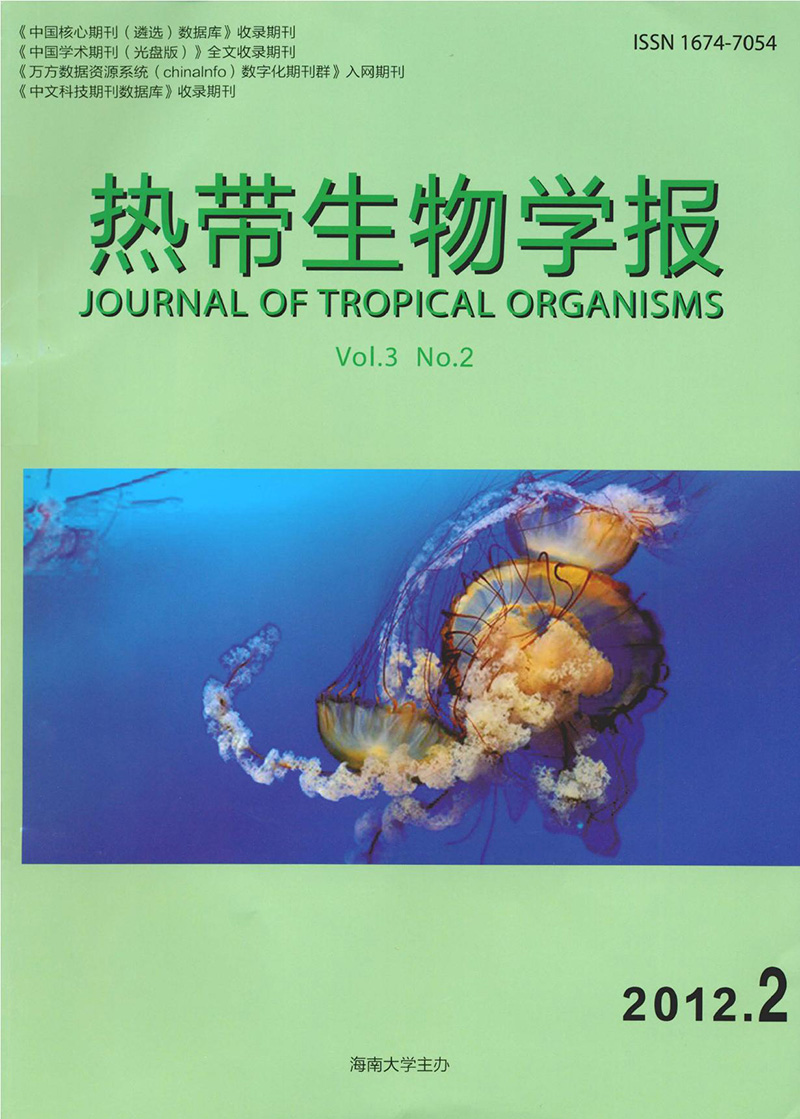Effects of Temperature and Salinity on Larval Development of Anadara antiquate
doi: 10.15886/j.cnki.rdswxb.2012.02.020
- Received Date: 2012-02-20
-
Key words:
- temperature /
- salinity /
- Anadara antiquate /
- larval growth
Abstract: Responses of Anadara antiquate larval to various ambient water temperatures and salinity levels were measured in terms of hatchability and larval development rate.The results showed that A.antiquate developed to D-model larvae from fertilized eggs for about 22 hours and 45 minutes when incubated at the ambient temperature of 28 ℃ and the salinity level of 28.The optimum ambient temperature for larval development ranged between 25~29℃,within which A.antiquata had a higher embryonic development rate and a higher hatchability but a low malformation rate.The optimum ambient salinity for larval development was 22~30,at which A.antiquata gave a higher hatchability and a higher larval development rate,and the larvae hatched from the eggs grew well.
| Citation: | PU Li-yun, CHEN Fu-xiao, CENG Guan-qiong, TAN Wei. Effects of Temperature and Salinity on Larval Development of Anadara antiquate[J]. Journal of Tropical Biology, 2012, 3(2): 177-179,196. doi: 10.15886/j.cnki.rdswxb.2012.02.020 |






 DownLoad:
DownLoad: